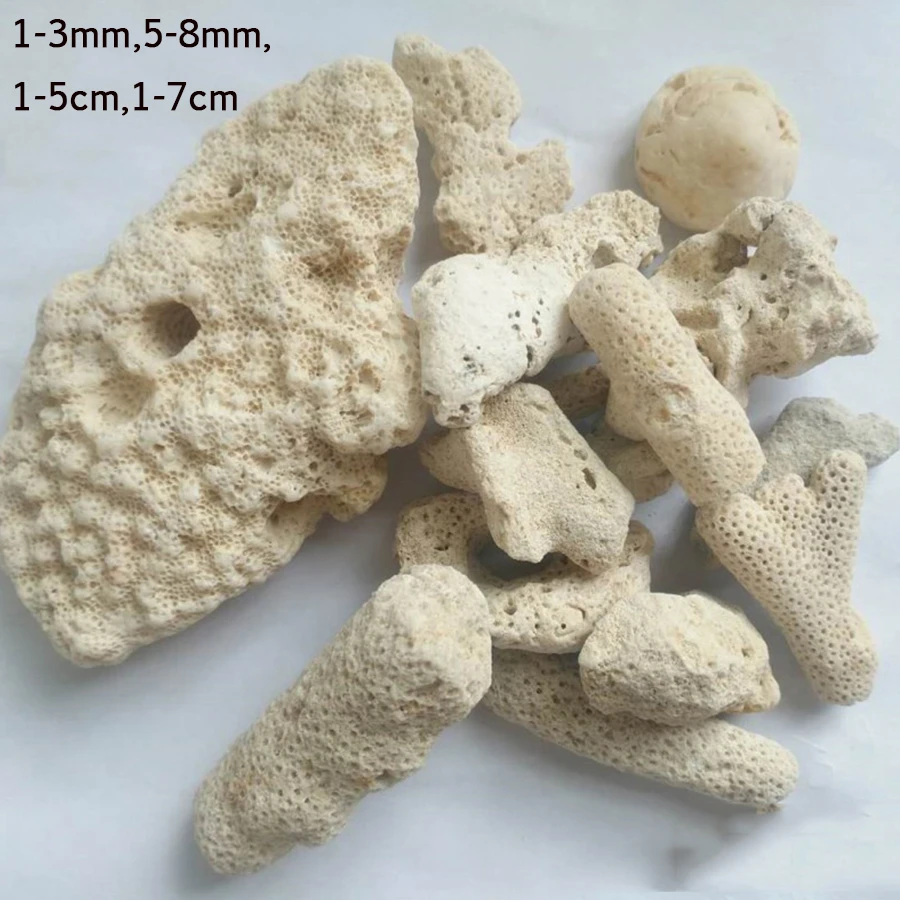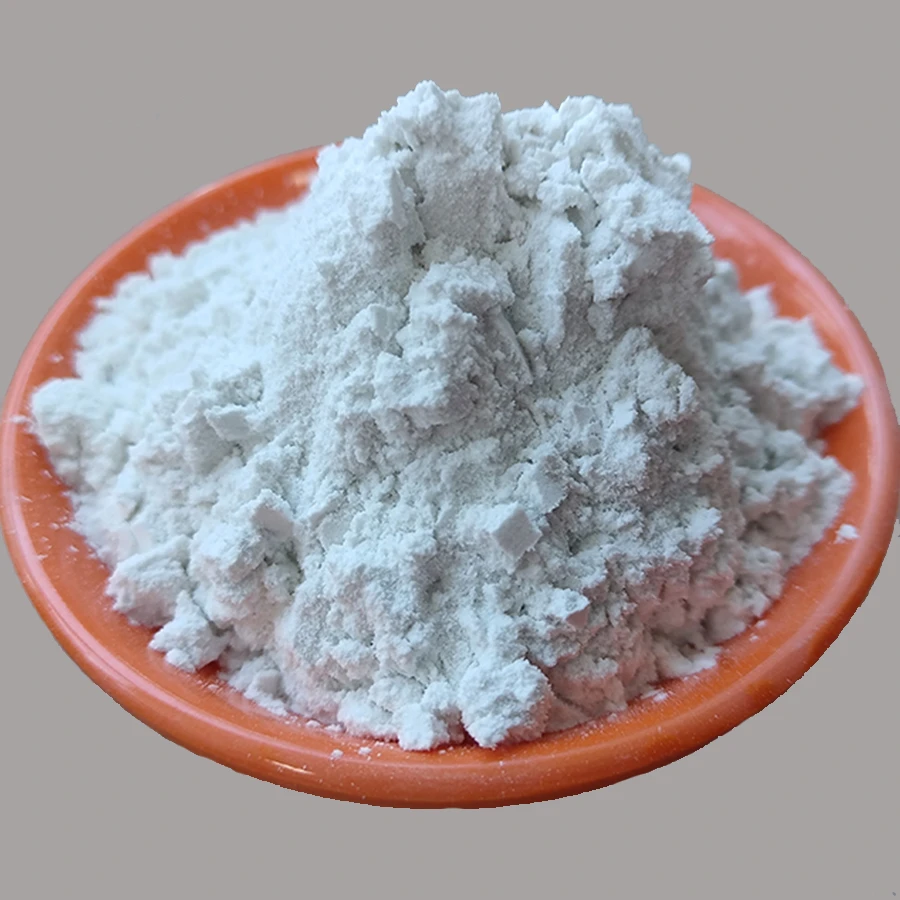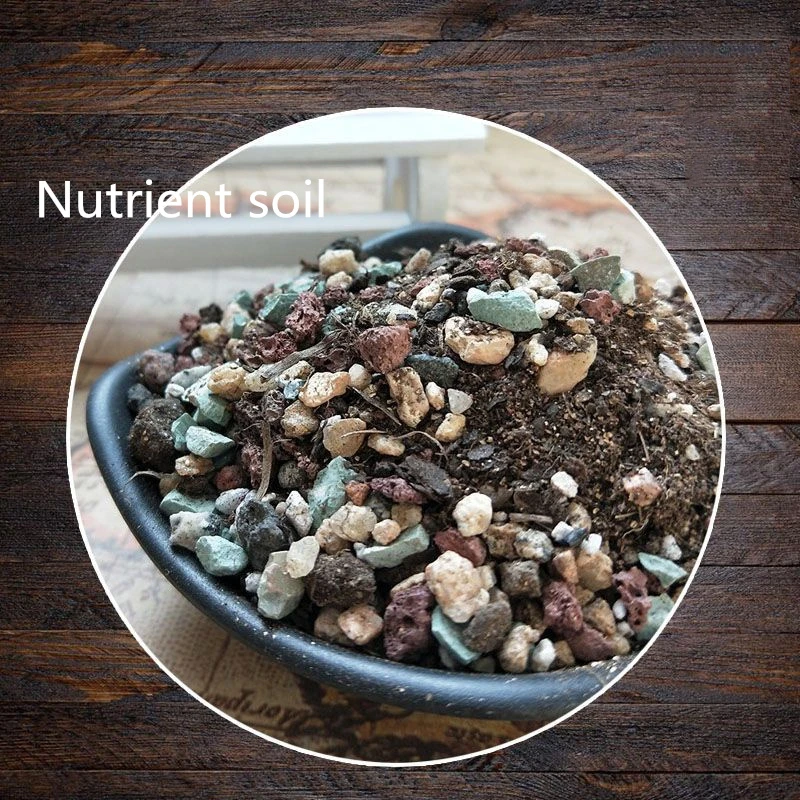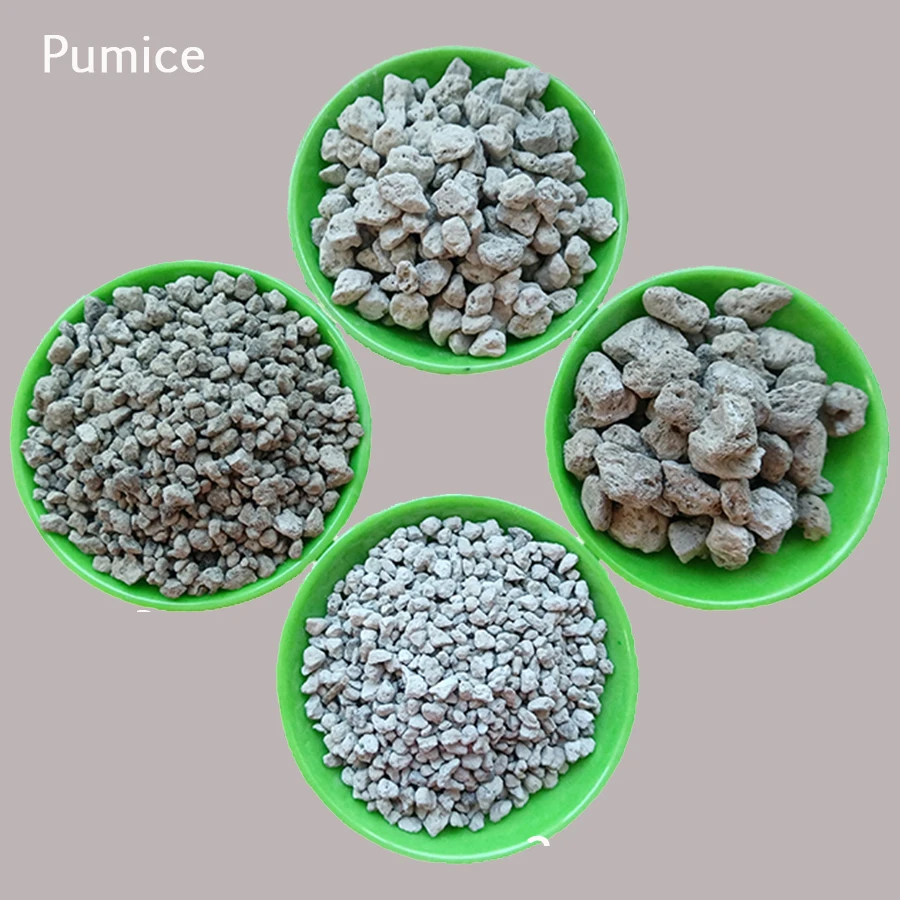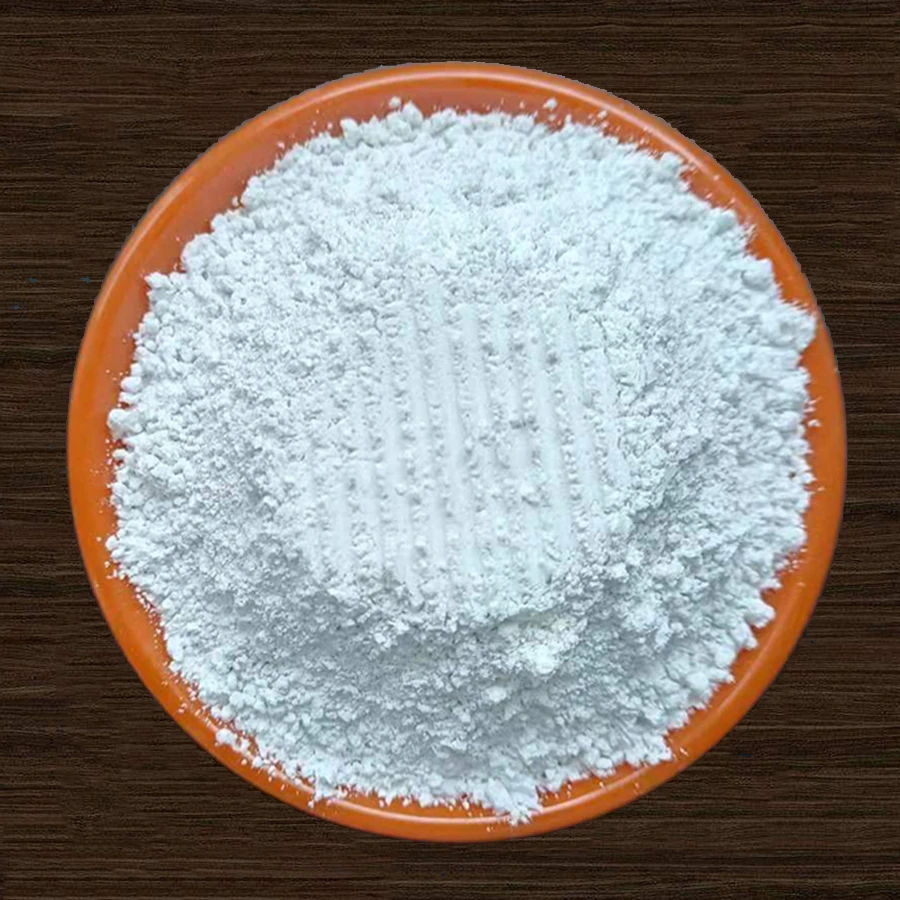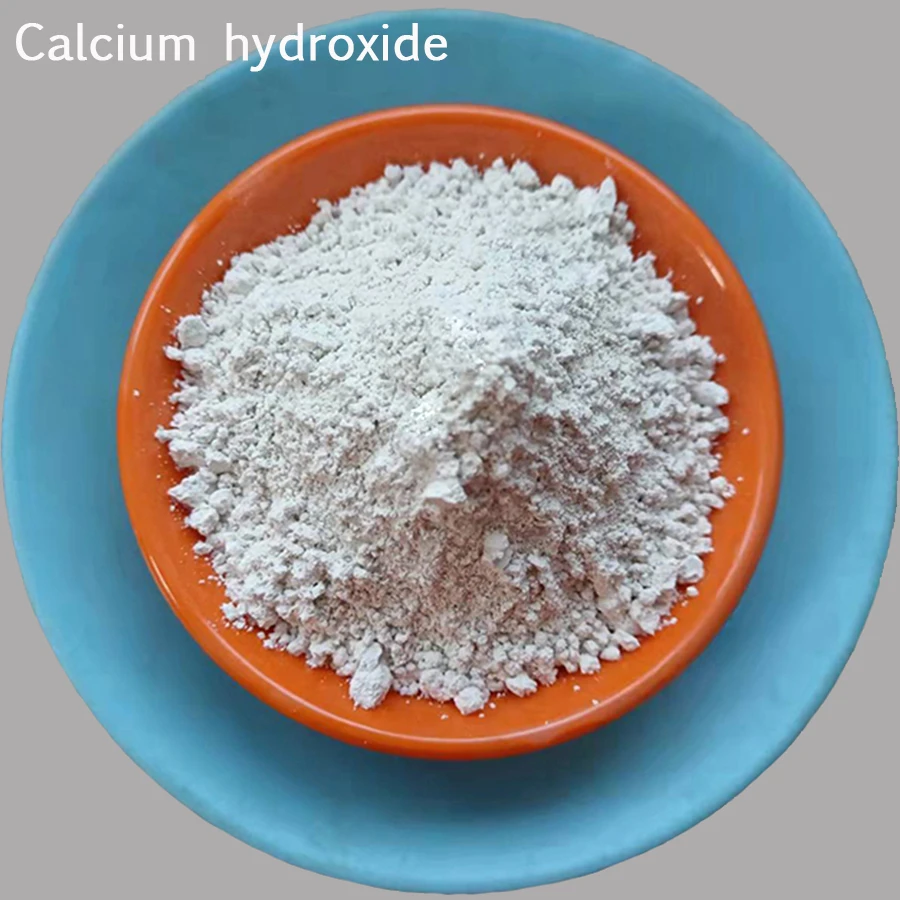
- Afrikaans
- Albanian
- Arabic
- Belarusian
- Bengali
- Czech
- Danish
- Dutch
- English
- Finnish
- French
- Galician
- German
- Greek
- Hebrew
- Hungarian
- Indonesian
- irish
- Italian
- Japanese
- Javanese
- kazakh
- Khmer
- Rwandese
- Korean
- Kyrgyz
- Lao
- Latin
- Latvian
- Lithuanian
- Malay
- Maltese
- Mongolian
- Myanmar
- Norwegian
- Persian
- Polish
- Portuguese
- Romanian
- Russian
- Serbian
- Slovak
- Spanish
- Swedish
- Tagalog
- Thai
- Turkish
- Ukrainian
- Vietnamese
- Welsh
Are you frustrated by rising replacement costs for filtration systems? Clean water and air are vital—but the expense of fresh activated carbon can sting. In fact, annual global demand for activated carbon is skyrocketing, expected to reach $8.12 billion by 2029. But what if you could regenerate activated carbon
—getting top-tier performance at a fraction of the cost? Let's explore how regeneration provides efficiency, eco-friendliness, and unbeatable value for every industry. Ready to transform your approach?
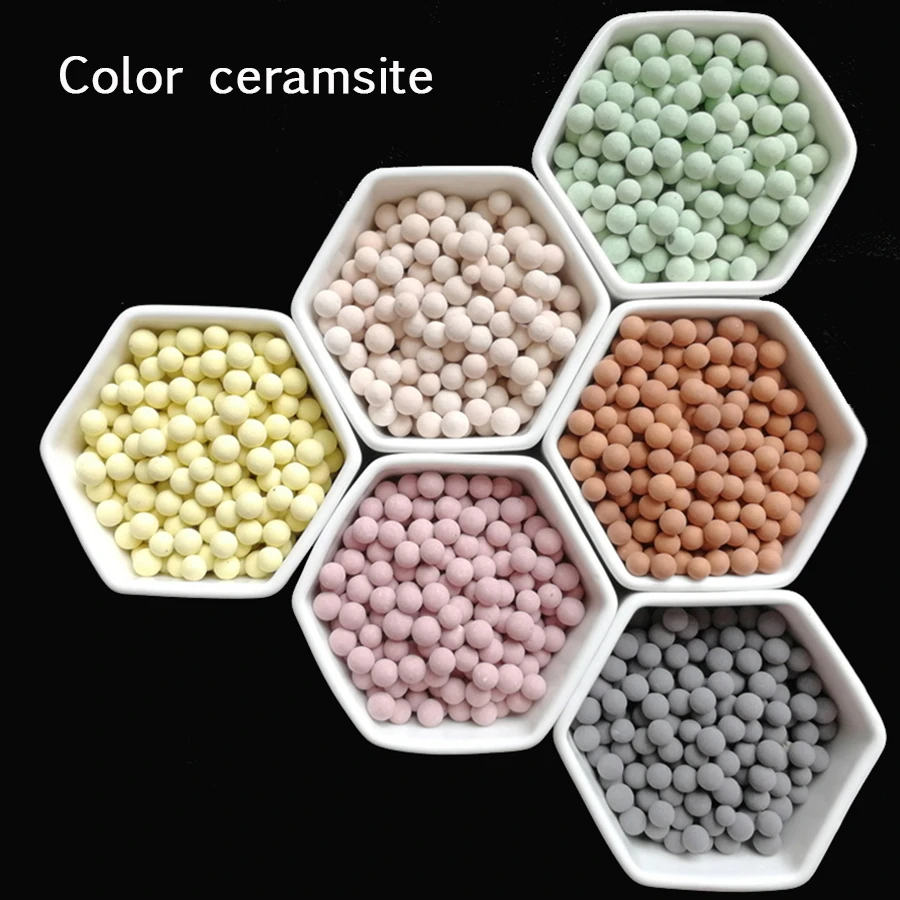
(regenerate activated carbon)
How Does Regenerated Activated Carbon Work? The Technology Edge
Activated carbon—often called activated charcoal—holds the secret to advanced filtration. Thanks to its vast surface area and porosity, it traps contaminants, bad odors, industrial chemicals, and more. But usage can fill up those pores fast, reducing effectiveness.
Regeneration reverses this process. Techniques like thermal reactivation, chemical washing, and advanced steam methods clean and restore the carbon for fresh use. The result? Up to 95% performance retention, with reduced waste and lower costs. You’ll enjoy consistent quality with each cycle—without the recurring expense of replacement.
- Thermal Regeneration: Heats carbon to reactivate adsorption sites.
- Chemical Regeneration: Specialized solvents target specific contaminants.
- Steam Regeneration: Eco-friendly, effective, and popular in water treatment.
Why settle for single-use when you can regenerate activated carbon again—and again?
How Does Regenerated Activated Carbon Stack Up? A Clear Comparison
Not all carbon is created equal. Wondering how regenerated stacks up? Let's see:
Switch to regenerated activated carbon—get premium performance, slash your costs, and boost your green credentials.
Custom Regeneration Solutions: Tailored for Your Needs
Your operation is unique. So why settle for cookie-cutter solutions? Leading manufacturers offer custom regeneration plans—from lab-scale testing to large-scale commercial service contracts.
You can specify the type and grade of activated carbon (or activated charcoal) best suited for your process, whether you’re filtering potable water, industrial chemicals, food & beverage, or air streams. Key customization options include:
- Carbon source (bituminous, coconut, wood)
- Particle size and mesh grade
- Adsorption pore profile and surface chemistry
- Special safety or regulatory requirements
Work with a trusted vendor to design the most effective, efficient solution. Your process, maximized.
Real-World Success: Regenerate Activated Carbon in Action
Thousands of companies, big and small, are experiencing the regeneration revolution:
- Pharma Production: One US pharmaceuticals plant reported 67% lower annual carbon costs after switching to a regeneration service.
- Municipal Water Treatment: A Midwest water utility documented over 14 million gallons filtered with regenerated activated carbon, meeting all EPA standards.
- Food & Beverage: Major bottlers ensure consistent flavor, purity, and savings—all with custom-regenerated carbon grades.
- Industrial Air Purification: Plants reduced VOC emissions by over 85% while shrinking their carbon footprint.
You could join these leaders. Why not maximize your ROI while supporting sustainability goals?
Ready to Regenerate? Unlock Cleaner, Greener, Smarter Filtration Now!
Don't let outdated practices drain your budget or the planet. Embrace the power of regenerated activated carbon for cleaner operations, healthier environments, and unbeatable cost savings.

(regenerate activated carbon)
FAQS on regenerate activated carbon
Q: What does it mean to regenerate activated carbon?
A: Regenerating activated carbon is the process of restoring its adsorption capacity after it becomes saturated with contaminants. This process removes the adsorbed substances, making the carbon reusable. Common regeneration methods include thermal and chemical treatments.Q: Can activated carbon activated carbon be reused after regeneration?
A: Yes, activated carbon can be reused after proper regeneration to maintain its effectiveness. The quality and capacity are retained if the regeneration process is managed well. Multiple regeneration cycles are possible depending on the application.Q: What methods are used to regenerate activated charcoal activated carbon?
A: Activated charcoal activated carbon is usually regenerated through thermal, steam, or chemical processes. Each method targets removal of specific contaminants. The choice depends on the nature of the adsorbed materials.Q: How often should one regenerate activated carbon in a filtration system?
A: The frequency depends on the contaminant load and the usage rate of the filtration system. Regeneration is recommended once the activated carbon reaches its adsorption limit. Monitoring performance helps determine the optimal interval.Q: Are there limitations to regenerating activated carbon multiple times?
A: Yes, repeated regeneration may gradually reduce the pore structure and adsorption capacity of activated carbon. After several cycles, the carbon may need replacement. The number of effective regenerations varies by usage and regeneration method.Related News





